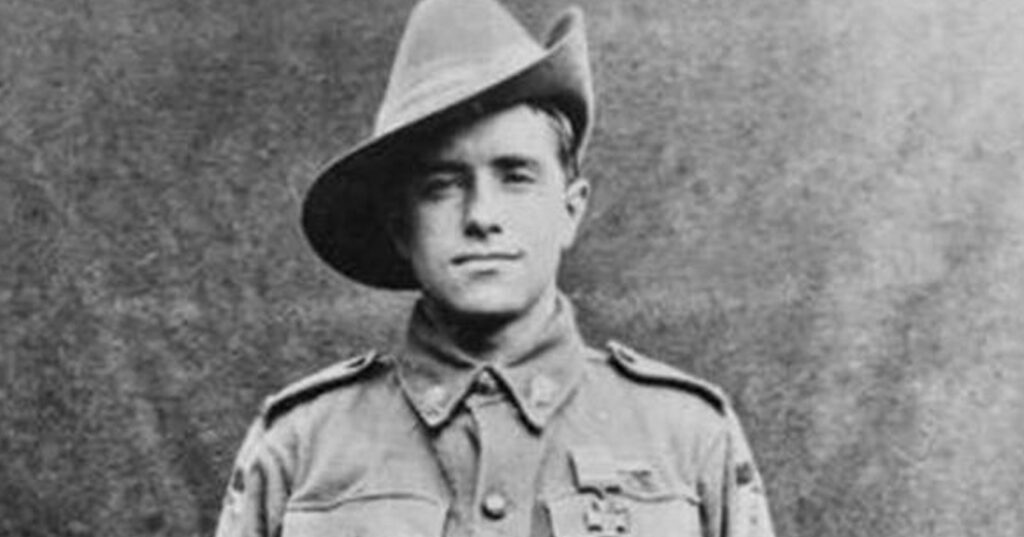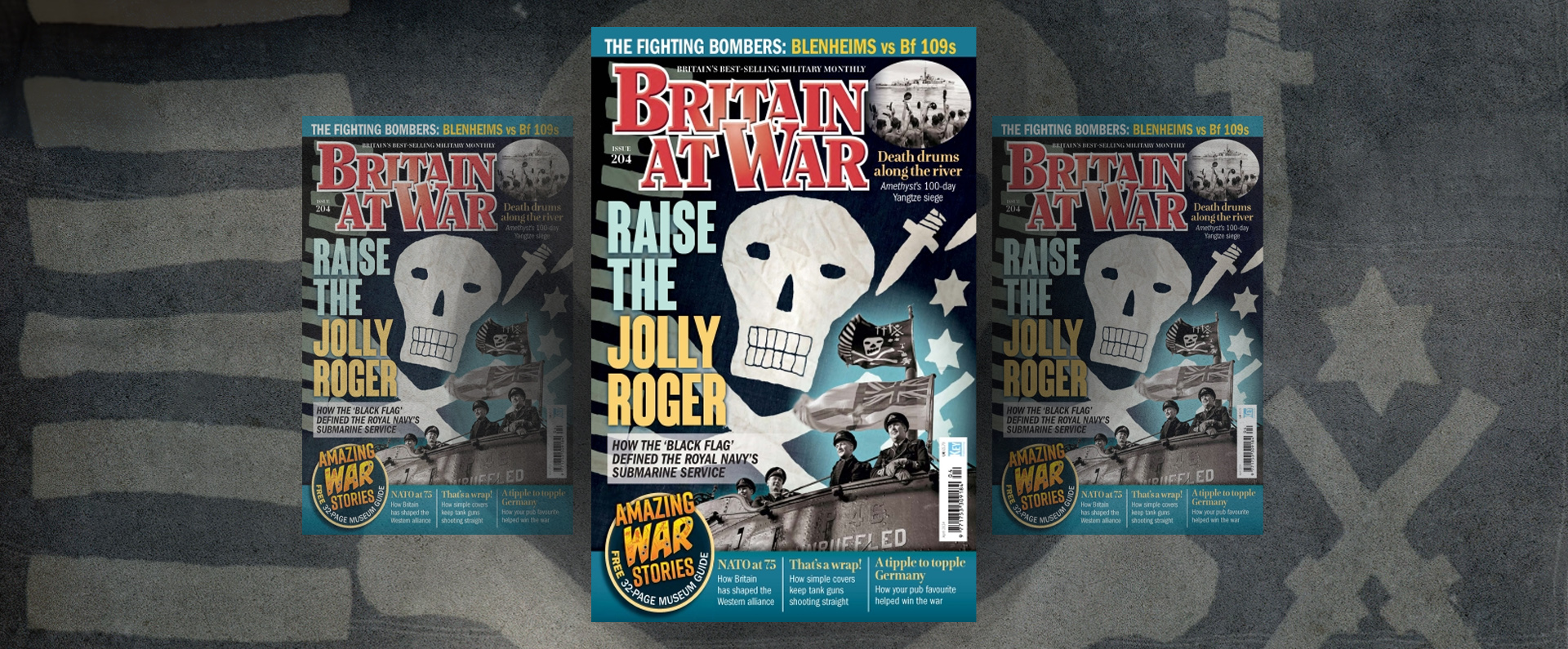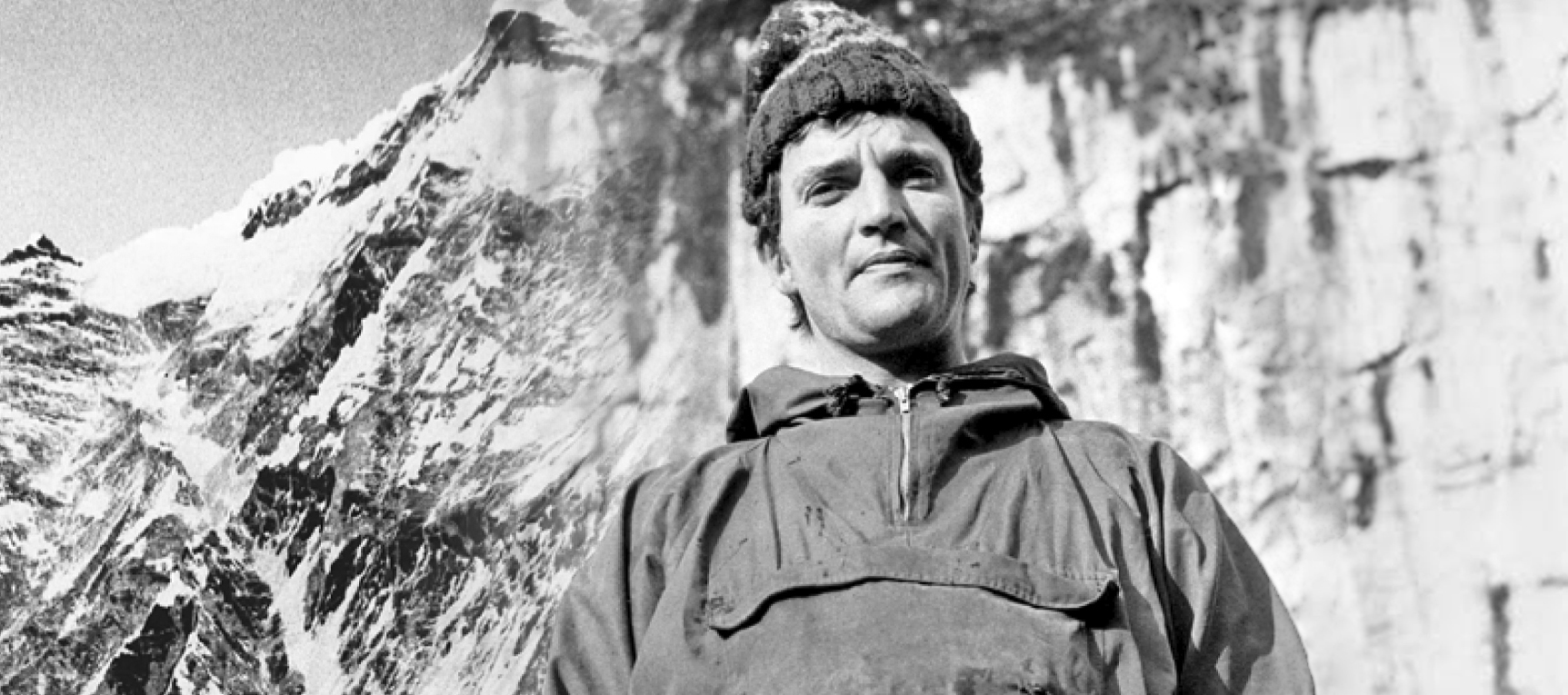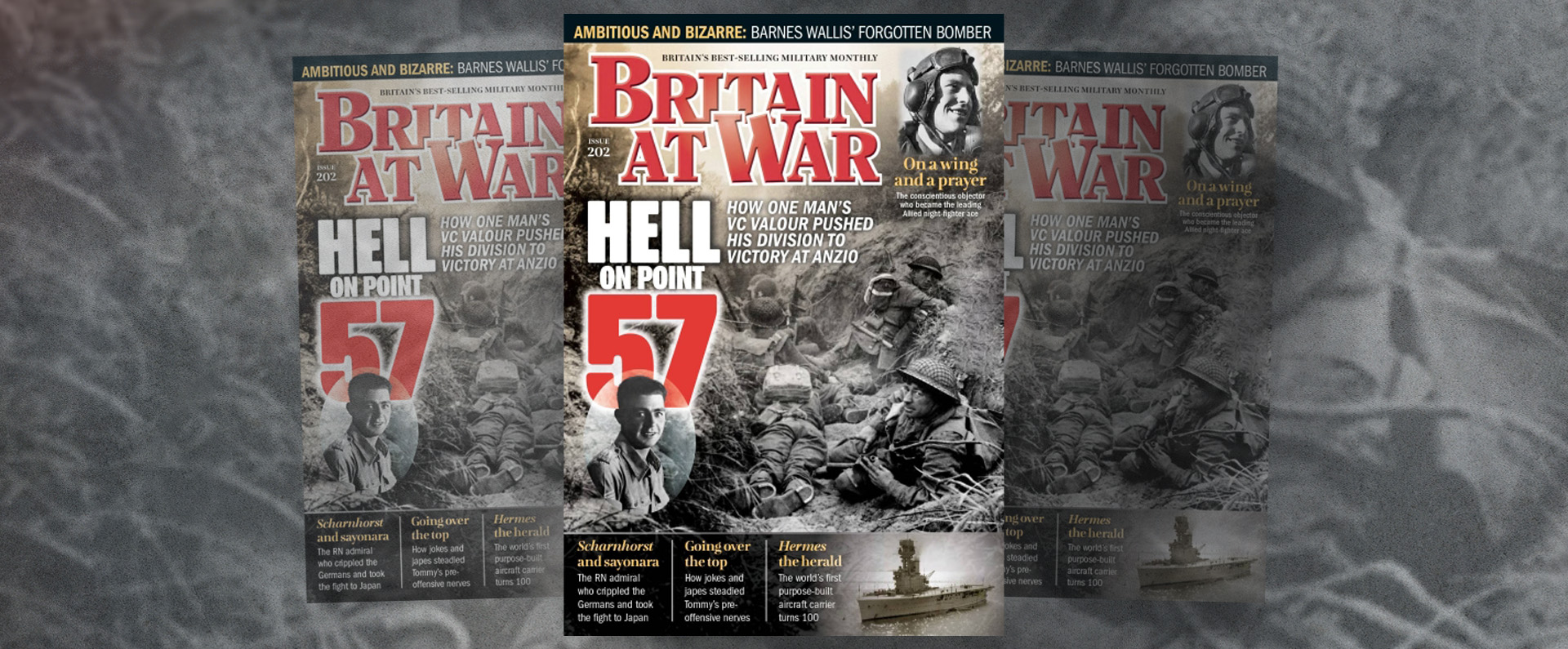
Published in the Daily Express on 17 August 2018.
Sergeant Henry Dalziel
He was a soldiers’ soldier who represents all that I most admire about the Victoria Cross (VC), Britain and the Commonwealth’s most prestigious gallantry award for courage in the face of the enemy.
Henry Dalziel was also one of the most fortunate servicemen to survive the Great War because he was wounded or injured an incredible 32 times during his three years as a frontline solider.
Furthermore, Dalziel has a place in the history books because 100 years ago today [August 17 2018] he became the 1,000threcipient of the VC for an astonishing act of bravery just a month earlier.
The VC was created by Queen Victoria in 1856 to reward heroism during the Crimean War. My fondness for the decoration stems from the fact that it is so egalitarian: it is awarded regardless of class, wealth, colour, rank, religion or creed.
As a Private from working-class Australian roots, Dalziel typifies all that is best about the VC. Born in Irvinebank, North Queensland, on February 18 1893, he was the son of James Dalziel, a miner, and his wife Eliza.
As young boys, he and his brother, Victor, discovered tin samples, which led to the opening of the Boulder Mine, near Emuford, Queensland. After finishing his education, Dalziel, who was often known as “Harry”, worked as a fireman with the Queensland Government Railway
In January 1915, five months after the start of the Great War, Dalziel, by then aged 21, enlisted into the Australian Imperial Force (AIF). On April 16 1915, he embarked from Brisbane with reinforcements for the 15thBattalion (Queensland and Tasmania).
In July 1915, Dalziel joined the 15thBattalion at Gallipoli, Turkey, and it was here, serving in the machine-gun section, that he became known as “Two Gun Harry”. After taking part in the Battle of Sari Bair, Dalziel was invalided to the UK, via Egypt, on 29 August 1915, suffering from rheumatism.
Dalziel spent the best part of a year recuperating and was treated at the 3rdLondon General Hospital. On August 14 1916, he left for the Somme and was part of the Allied line at Bois Grenier. In France, Dalziel took part in actions at Mouquet Farm, Pozières, Flers and Gueudecourt.
In September 1916, he was appointed Driver and, in the spring and early summer of 1917, he fought at Bullecourt and the capture of Messines Ridge. However, he reverted to being a Private, at his own request, on July 31 1917.
On October 16 1917, Dalziel was wounded by shrapnel at Polygon Wood, Belgium, and 13 days later he was evacuated to the UK for a second time. However, once again, he made a good recovery and was back in France by May 1918, rejoining the 15thBattalion as a gunner.
It was on July 4 1918 that Dalziel showed such bravery at the Battle of Hamel that he later became the 1,000threcipient of the VC. The Battle of Hamel was a successful attack by the Australian and US Armies, supported by British tanks, against German positions in and around the town of Le Hamel in northern France.
The citation for Dalziel’s VC, published in The London Gazetteon August 17 1918, details his crucial part during the battle: “For most conspicuous bravery and devotion to duty when in action with a Lewis gun section.
“His company met with determined resistance from a strong point which was strongly garrisoned, manned by numerous machine-guns and, undamaged by our artillery fire, was also protected by strong wire entanglements. A heavy concentration of machine-gun fire caused many casualties, and held up our advance.
“His Lewis gun having come into action and silenced enemy guns in one direction, an enemy gun opened fire from another direction. Private Dalziel dashed at it and with his revolver killed or captured the entire crew and gun, and allowed our advance to continue. He was severely wounded in the hand, but carried on and took part in the capture of the final objective.
“He twice went over open ground under heavy enemy artillery and machine-gun fire to secure ammunition, and though suffering from considerable loss of blood, he filled magazines and served his gun until severely wounded through the head. His magnificent bravery and devotion to duty was an inspiring example to all his comrades and his dash and unselfish courage at a critical time undoubtedly saved many lives and turned what would have been a serious check into a splendid success.”
Yet again, Dalziel had been severely wounded. Not only did he lose his trigger finger on his injured hand, but his skull was so badly smashed in that his brain was exposed. Only the best medical treatment back in England saved his life and he eventually spent nearly four months in hospital. He received his VC from George V at an investiture at Buckingham Palace on December 13 1918.
Dalziel said of his own VC action: “We were harassed by murderous fire from a nearby enemy stronghold, the Australian advance was held up. My gun had cleaned up one [machine gun] nest, but another planted in a different direction opened fire. I dashed at it killing seven Germans with my two revolvers. One German bloodhound [soldier] wounded me in the hand, but I soon had him on the ground. I lunged at him with my German dagger, catching him right over the heart. His dying cry upset me and I shivered.”
Unsurprisingly, his VC action marked the end of Dalziel’s frontline career: as stated earlier, Dalziel had been wounded or injured no less than 32 times during his service. In January 1919, Dalziel embarked to return to his native Australia where he was given a hero’s welcome. On June 16 of that year, he was discharged from the AIF, medically unfit.
On April 8 1920, Dalziel married Ida Ramsay at Congregational Manse, South Brisbane – a nurse that he had met during his recovery in Brisbane. Dalziel had been unable to take up his former job on the railways because of his wartime injuries and for a time he tended an orchard nearby.
However, he then took up the offer of land at a solider settlement block in Queensland, where his wife had to do the bulk of the farm work on the smallholding that they called “Zenith”. During the Great Depression, Dalziel travelled to Sydney to work in a factory, leaving his wife on their smallholding. However, when his wife fell ill, he returned to Queensland, although in 1933 they settled in Brisbane.
After he and his first wife were divorced, Dalziel remarried and he and his second wife, Elsie Kanowski, went on to have three children. After the outbreak of the Second World War, he rejoined the Army in June 1940, finally ending his military service, with the rank of Pioneer Sergeant, in December 1943.
In June 1956, he attended the VC centenary commemorations in London’s Hyde Park as part of the Australian contingent and he later went on to visit the site of his VC action at the Battle of Hamel in France.
Dalziel died on July 24 1965 at the Repatriation General Hospital in Greenslopes, Brisbane, shortly after suffering a stroke. He was 72 and was cremated with full military honours.
The VC has been awarded 1,358 times in its rich 162-year history. Today is an appropriate occasion to champion both the courage of its 1,000th recipient and all that is so special about the decoration.
Read this article on Express.co.uk
For more information, visit:
LordAshcroftOnBravery.com


